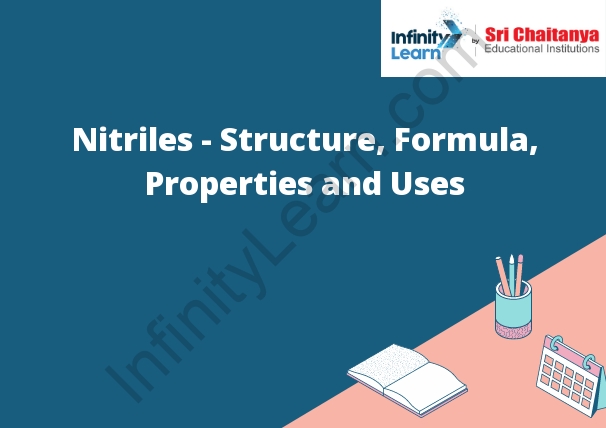Table of Contents
Nitriles
Nitriles are organic compounds that contain the nitrile functional group (-C≡N). Nitriles are versatile intermediates in organic synthesis, and they are also useful in the production of pharmaceuticals, agrochemicals, and other industrially important compounds.

What is Nitrile Structure and Formula?
Nitrile is a type of organic compound that has the chemical formula C3H5N. This compound has the structure of a carbon atom triple-bonded to an nitrogen atom. Nitriles are often used as industrial solvents and as precursors to other organic compounds.
Understanding the Hydrolysis of Nitriles
The hydrolysis of nitriles involves the breaking of the C-N bond and the replacement of the nitrogen atom with a hydroxyl group. This process is catalyzed by a variety of acids, including mineral acids and carboxylic acids. The hydrolysis of nitriles produces amides and carboxylic acids.
The Physical and Chemical Properties of Nitrile
Nitrile is a colorless gas with a slightly sweet odor. It is non-flammable and non-corrosive. Nitrile is insoluble in water but soluble in organic solvents. It has a moderate boiling point and a moderate freezing point. Nitrile is a weak acid and a weak base. It is a good solvent for organic compounds.
Uses of Nitriles
One major use of nitriles is in the production of polymers. Nitriles are used to make polyamides, polyimides, and polyurethanes. These polymers are used in a variety of applications, including in the automotive, electronics, and textile industries.
Another common use of nitriles is as monomers in the production of plastics. Some of the most common plastics that are made from nitriles include polyacrylonitrile (PAN), polymethyl methacrylate (PMMA), and polyvinyl chloride (PVC).



